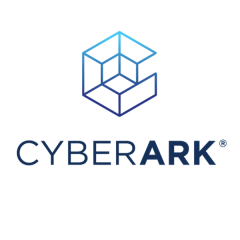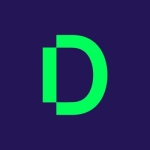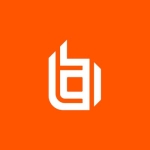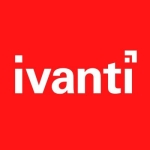What is our primary use case?
We primarily use the solution on our endpoints.
We are using pretty much everything there. Basically, what we are trying to do, is when the end user connects to machines, the actual Window servers, Linux servers, et cetera, everything is run through CyberArk. We haven't got into the Application Identity Management part yet, using CyberArk APIs.
That said, we are using CyberArk whenever somebody wants to access a remote server or any server, for that matter. Our infrastructure is basically set up so that access is given through CyberArk.
What is most valuable?
The solution is good for controlling access.
I have always found that CyberArk is a very tight, foolproof product compared to most other products available.
It is quite stable.
What needs improvement?
CyberArk is a pretty heavy solution. There are a lot of moving components and a lot of things involved. The architecture itself is pretty heavy. When you look at products like BeyondTrust, it's not as heavy as CyberArk. That's the only thing.
The setup can be somewhat complex.
Most of it runs on Windows servers. Maintenance of those Windows servers and all that stuff is what is a little bit challenging.
Technical support could be better.
For how long have I used the solution?
I've been working with the solution for about five or six years already with CyberArk.
I have implemented CyberArk for quite a few UK clients before. I've been in London and I've worked with some customers there.
I've been part of the Identity Access Management domain for almost 12 years already and Privilege Access Management for maybe four or five years.
What do I think about the stability of the solution?
The solution is stable and reliable. I'd rate the stability at a nine out of ten. There are no bugs or glitches, and it doesn't crash or freeze.
That said, it depends on the architecture. We have high availability and we have a disaster recovery site. We have a pretty big implementation of CyberArk here. It's foolproof in that way. It's designed to be as stable as possible.
What do I think about the scalability of the solution?
While my understanding is there are opportunities for scaling, I've never really attempted to scale anything.
We have 5,000 to 10,000 users using the solution at this time.
How are customer service and support?
We do get a lot of support from them. We have taken professional services also in my previous engagement, where we had to deploy specific complex solutions. Technical support is always available, and they are helpful.
That said, not everyone has the same level of expertise. There are people who are very knowledgeable and there are people who are not as good as well.
How would you rate customer service and support?
Which solution did I use previously and why did I switch?
I've worked in BeyondTrust, also. They have Asian-based solutions, and it's not as heavy as CyberArk.
Since I have been working with CyberArk for some time, I feel a little bit more comfortable with CyberArk. BeyondTrust is also not that bad. However, they did not have all the capabilities that CyberArk was offering at that time. That said, this was maybe four or five years ago. I haven't explored anything after that. I'm sure a lot of things have changed.
There used to be IBM Privilege Identity Manager as well, but it's not there anymore.
Saviynt has its own solution as well.
Basically, there are multiple solutions there, however, CyberArk was definitely been our choice for Privilege Identity Manager.
How was the initial setup?
Every product has its own way of working. With CyberArk, the only challenge is there are a lot of components. That's the only thing.
When you have CyberArk architecture and if you have a hybrid environment specifically or you have multiple data centers that you want to use CyberArk in, the thing is there are a lot of components that need to be deployed. They have a lot of architectural components out there.
We do require quite a few people to cover maintenance tasks.
What's my experience with pricing, setup cost, and licensing?
The solution is expensive.
What other advice do I have?
I'm an end-user. I have worked for companies that have had partnerships with this solution in the past.
The solution is pretty mature and can accommodate our use cases quite well.
I'd rate the solution seven out of ten.
I would recommend the solution to others. We have in the past recommended it to our customers as well.
Which deployment model are you using for this solution?
On-premises
Disclosure: My company does not have a business relationship with this vendor other than being a customer.
























